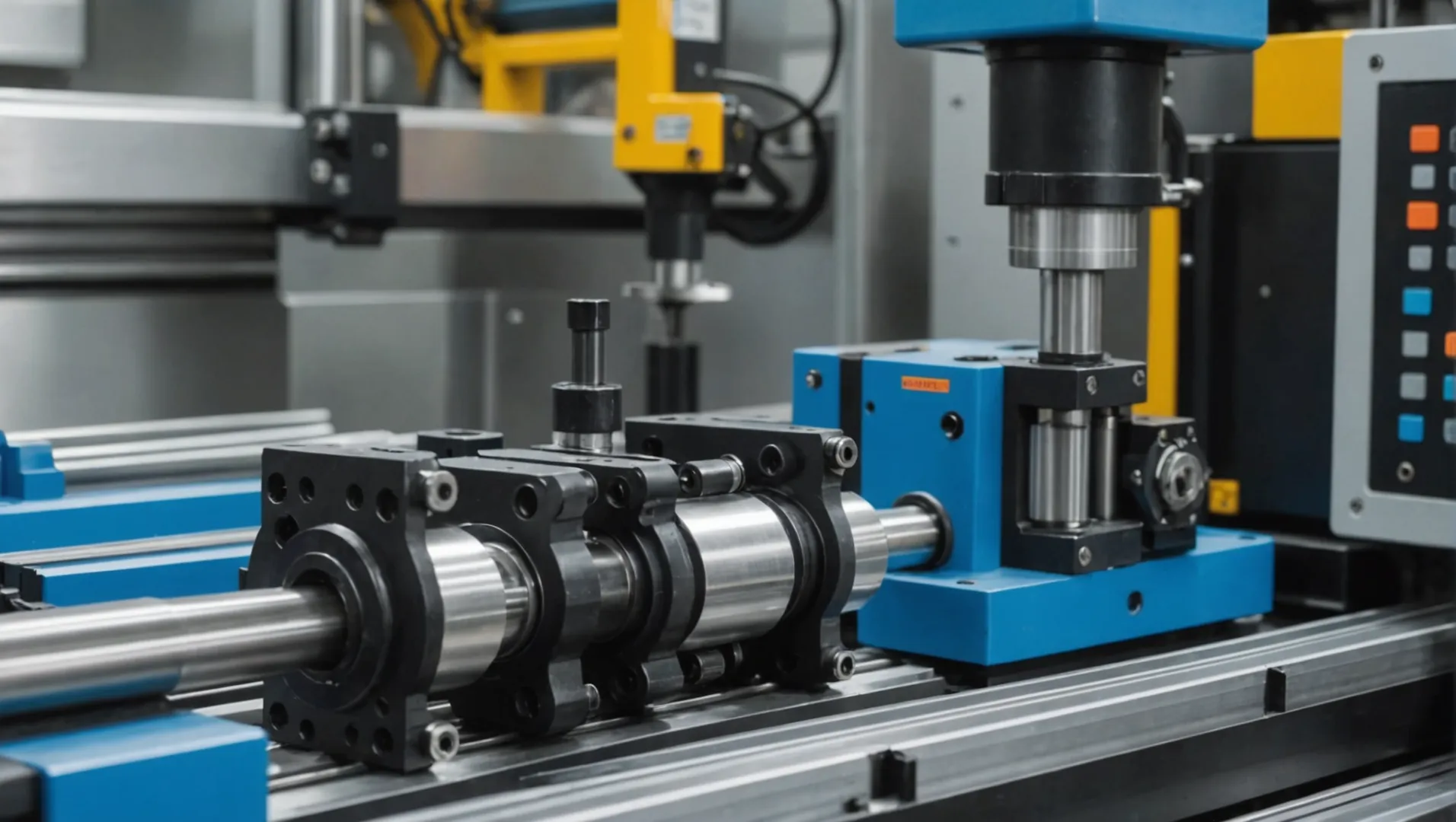
Have you ever found yourself wondering about the best way to produce plastic pipes?
No, injection molding machines cannot produce plastic pipes. They are designed to create specific shapes by injecting molten plastic into molds, whereas plastic pipes are typically made through extrusion, which allows continuous production of tubular forms.
To truly understand why injection molding machines are unsuitable for pipe production, we need to delve into the specifics of how both injection molding and extrusion processes work. This knowledge can guide you in choosing the right method for your manufacturing needs.
Injection molding machines produce continuous plastic pipes.False
Injection molding creates discrete items, unsuitable for continuous forms like pipes.
What is Injection Molding and How Does it Work?
Injection molding is a staple in modern manufacturing, but how exactly does it function?
Injection molding is a manufacturing process used to produce parts by injecting molten material into a mold. It’s particularly effective for creating complex shapes with high precision, often used for making components like plastic shells and intricate plastic parts.
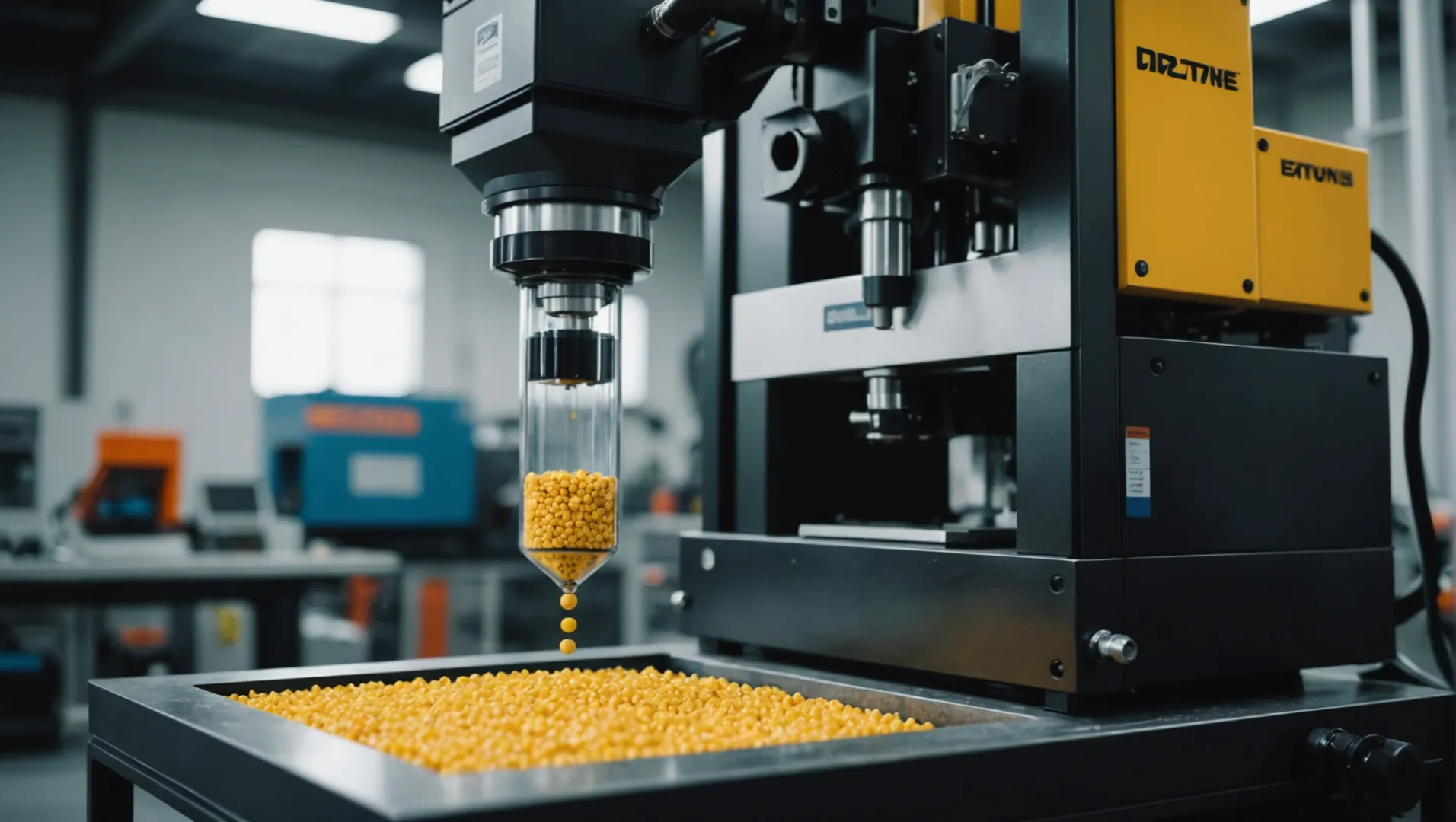
The Basics of Injection Molding
Injection molding is a highly efficient process that allows manufacturers to produce complex shapes1 with remarkable precision and consistency. It begins with heating plastic pellets until they reach a molten state. This molten plastic is then injected into a mold cavity under high pressure.
Once the plastic fills the mold, it cools and solidifies, forming the desired shape. The mold can be designed to form any number of intricate details, which makes injection molding ideal for creating plastic shells2 and other detailed parts.
Key Components of Injection Molding
-
Injection Unit: This includes the hopper, screw, and nozzle. The hopper feeds plastic pellets into the screw, which then pushes the molten material through the nozzle into the mold.
-
Clamping Unit: It holds the mold in place and applies the necessary pressure to keep it closed during injection.
-
Mold: The core part of the process, designed to form the specific part shape required.
Advantages and Applications
Injection molding offers numerous benefits including:
- High Efficiency: Once set up, it allows for rapid production of parts.
- Cost-Effective for Mass Production: Ideal for large-scale manufacturing due to low per-unit cost.
- Versatility in Materials: Suitable for a variety of plastics and even some metals (in the form of die-casting).
This method is widely used in various industries, from automotive to consumer electronics, for products that require precision and durability.
Why Injection Molding is Unsuitable for Plastic Pipes
While injection molding excels in many areas, it is not suitable for producing plastic pipes. Pipes require a continuous and uniform shape that extends indefinitely, which is achieved more effectively through extrusion molding. In extrusion, plastic is melted and pushed through a die of the desired pipe shape to form long continuous lengths, unlike injection molding where products are shaped within closed molds.
Understanding these processes can help manufacturers choose the right technique for their needs, whether they’re crafting detailed components or continuous forms like pipes.
Injection molding is ideal for producing plastic pipes.False
Injection molding is not suitable for plastic pipes; extrusion is used.
Injection molding uses molten material injected into a mold.True
Molten material is injected into a mold to form parts precisely.
Why is Extrusion Preferred for Plastic Pipe Production?
Extrusion offers unique advantages that make it the go-to choice for plastic pipe manufacturing.
Extrusion is preferred for plastic pipe production because it allows continuous formation of tubular products, offering efficiency, consistency, and scalability.
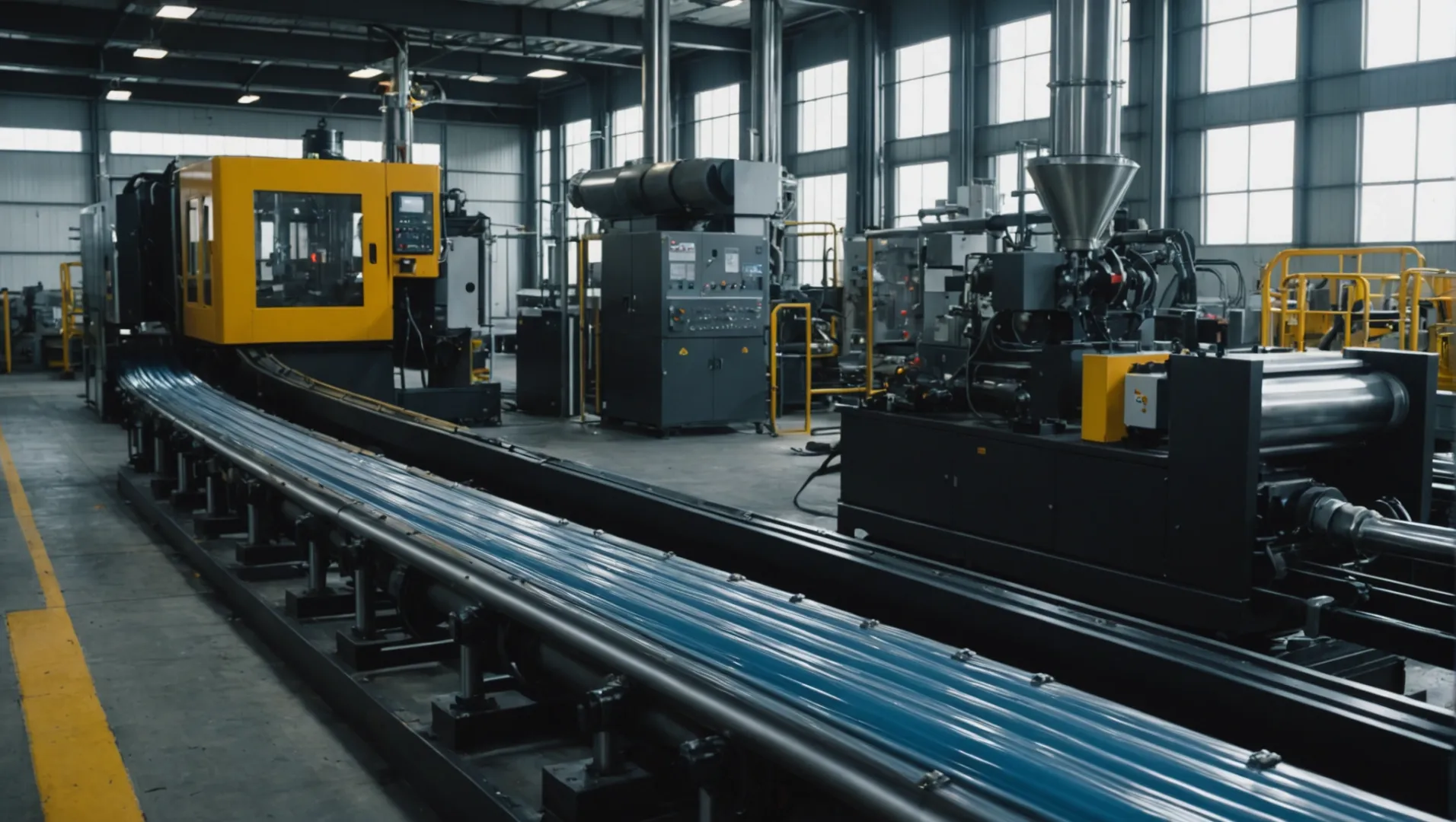
Understanding the Extrusion Process
Extrusion is a manufacturing process that involves forcing melted plastic through a specifically designed die to create continuous shapes. This method is particularly advantageous for producing long, uniform products like plastic pipes.
Continuous Production: One of the primary reasons extrusion is favored for plastic pipe production3 is its ability to produce long, continuous lengths of piping without interruption. This contrasts with injection molding, which is better suited for discrete, often complex shapes.
Consistency and Quality: The extrusion process maintains consistent wall thickness and diameter throughout the length of the pipe, ensuring quality and reliability, which is crucial for applications such as plumbing and drainage systems.
Benefits of Extrusion Over Other Methods
- Scalability: Extrusion lines can be easily scaled up to increase production capacity, which is essential in meeting large-scale demand efficiently.
- Material Versatility: A wide range of plastics can be extruded, including PVC, PE, and PP, allowing manufacturers to tailor their products to specific needs and industry standards.
- Cost-Effectiveness: The extrusion process is generally more cost-effective than other methods like injection molding due to its lower labor and material waste costs.
Material Compatibility in Extrusion
Different materials behave uniquely in the extrusion process. Understanding these behaviors can enhance product performance:
| Material | Characteristics | Common Applications |
|---|---|---|
| PVC | Durable, affordable | Water and sewage pipes |
| PE | Flexible, impact-resistant | Gas distribution pipes |
| PP | Chemical-resistant, lightweight | Industrial piping |
By comprehensively understanding these factors, manufacturers can make informed decisions about their production methods. Whether it’s choosing the right plastic or optimizing extrusion parameters, each choice impacts the final product’s performance and application.
For more insights into the advantages of extrusion over other methods, see our guide on plastic pipe manufacturing processes4.
Extrusion allows continuous pipe production.True
Extrusion produces long, uninterrupted pipe lengths efficiently.
Injection molding is better for complex shapes.True
Injection molding excels in creating discrete, intricate shapes.
What are the Limitations of Injection Molding for Pipe Manufacturing?
Understanding the limitations of injection molding in pipe manufacturing is crucial for efficient production.
Injection molding machines are unsuitable for pipe manufacturing due to their inability to produce continuous tubular structures, a limitation that makes them ineffective for this purpose.
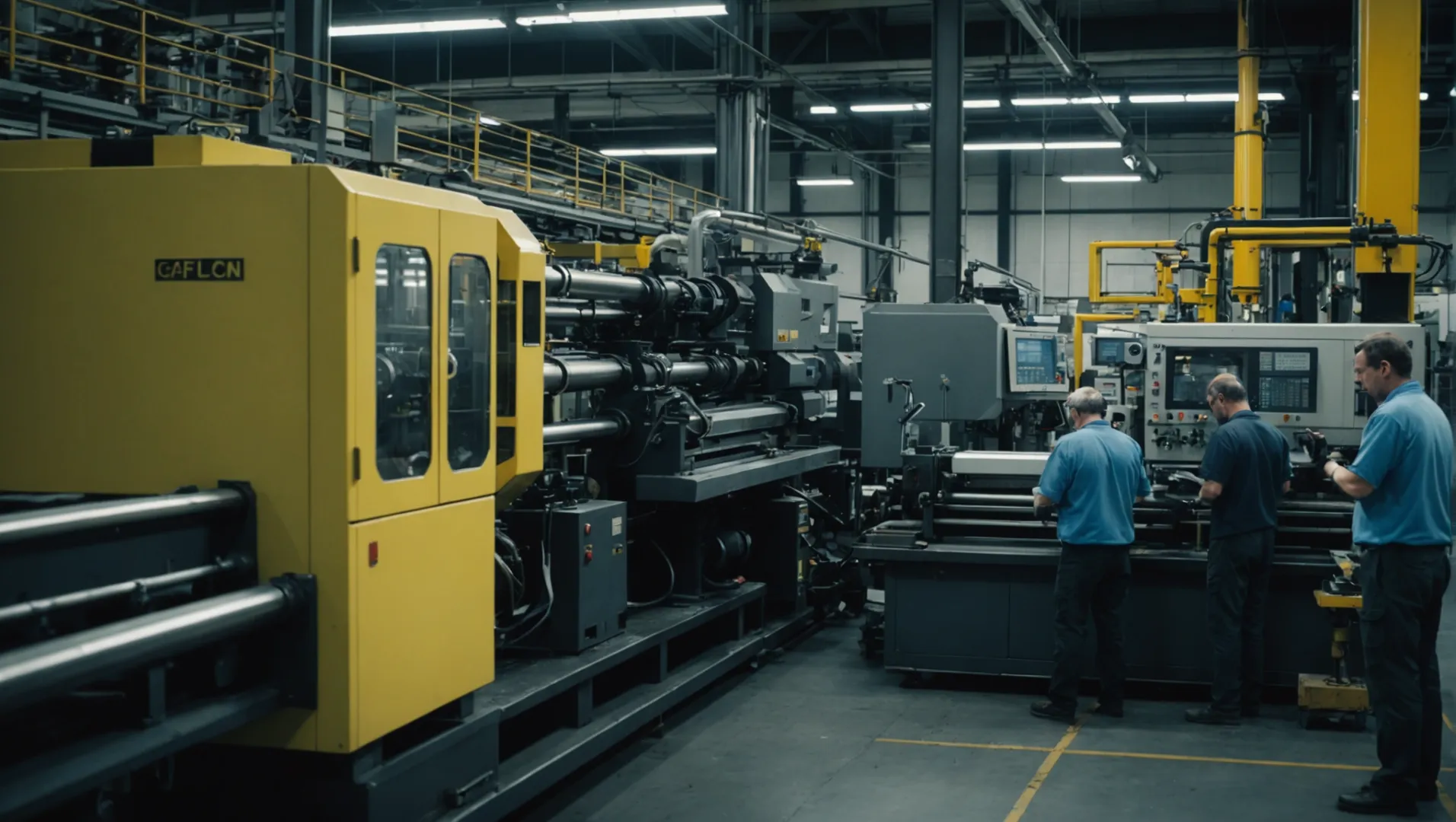
The Fundamental Process Differences
Injection molding and extrusion molding differ fundamentally in their processes. While injection molding involves melting plastic and injecting it into a mold to form discrete items like shells or parts, extrusion molding continuously pushes heated and plasticized material through a die to form long, tubular shapes. This fundamental difference makes injection molding unsuitable for producing plastic pipes5.
Technical Limitations of Injection Molding
One of the significant limitations is the nature of the injection molding machine’s design. These machines are optimized for creating solid shapes and intricate designs rather than long, continuous forms. Thus, when it comes to creating pipes, injection molding machines fall short as they cannot sustain the continuous production required for manufacturing pipes efficiently.
Moreover, injection molding lacks the capacity to handle the pressure and flow needed to produce long, cylindrical shapes. This limitation is pivotal when considering the efficiency and cost-effectiveness of production methods in large-scale pipe manufacturing.
Material Handling Constraints
Injection molding is not designed for the type of material consistency required in pipe production. The process is more suited for products where high precision in shape and surface detail is required. In contrast, pipes require uniform thickness and consistent density throughout their length, which extrusion molding achieves more effectively.
Comparison with Extrusion Molding
A quick comparison highlights these limitations:
| Aspect | Injection Molding | Extrusion Molding |
|---|---|---|
| Production Type | Discrete Items | Continuous Forms |
| Suitability for Pipes | Low | High |
| Material Consistency | Variable | Uniform |
| Cost Efficiency | Moderate | High |
These differences are critical when choosing the right manufacturing process for plastic pipes. Injection molding’s technical and material handling limitations underscore why it is rarely used in this industry. Understanding these constraints can help manufacturers make informed decisions about their production methods.
Injection molding produces continuous tubular structures.False
Injection molding is unsuitable for continuous structures like pipes.
Extrusion molding is more effective for pipe manufacturing.True
Extrusion allows continuous production, ideal for making pipes.
How to Choose the Right Plastic Manufacturing Process?
Navigating the complex world of plastic manufacturing can be daunting. How do you choose the right process?
To choose the right plastic manufacturing process, consider the product’s design, material properties, production volume, and cost. Injection molding is suitable for intricate designs with high volumes, while extrusion is ideal for continuous shapes like pipes. Evaluate each method based on these factors to ensure efficiency and cost-effectiveness.
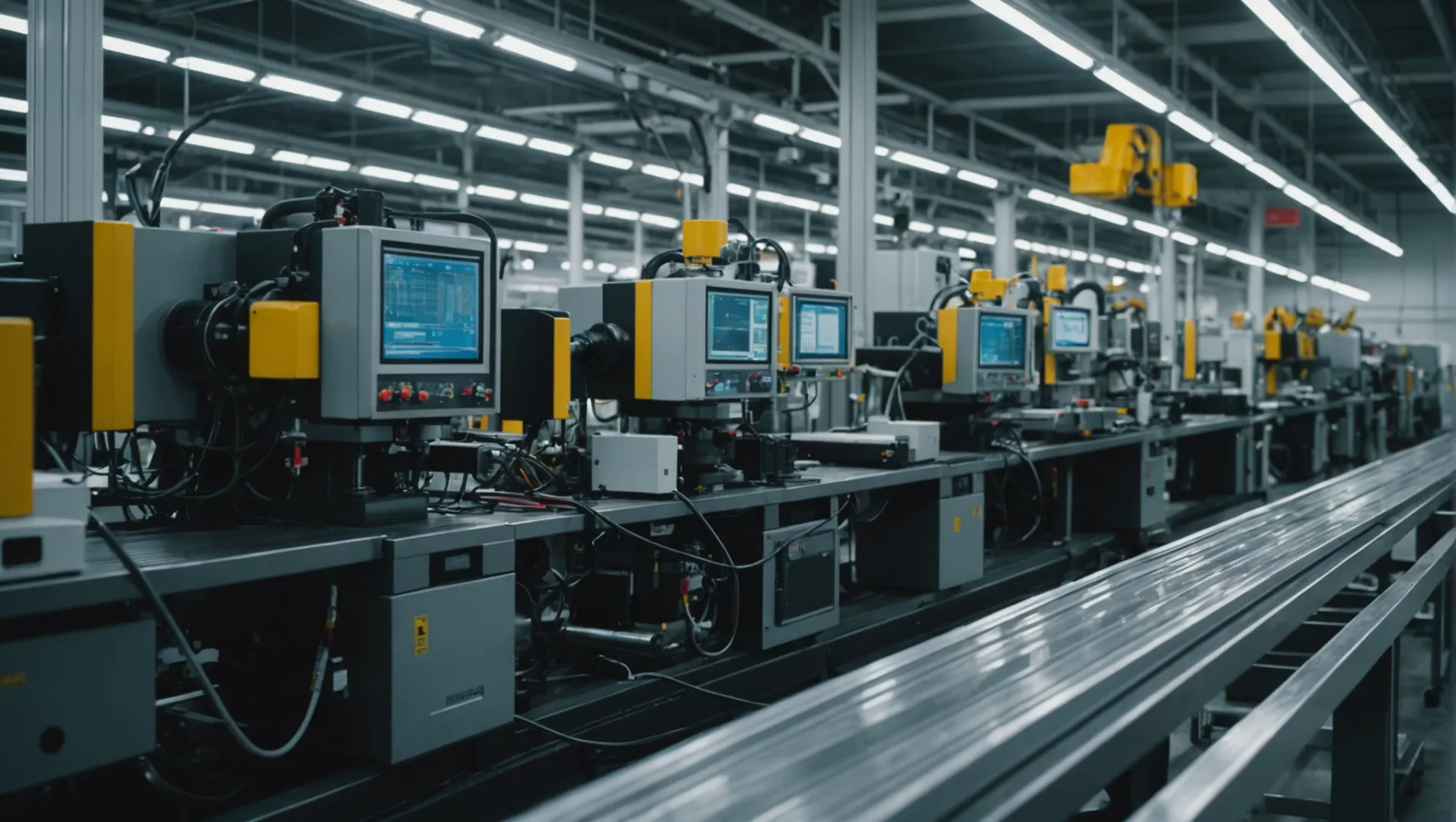
Understanding Product Design and Material Requirements
The first step in selecting the ideal plastic manufacturing process6 is to thoroughly understand the product design and material properties. If your product requires detailed features, complex geometries, or tight tolerances, injection molding may be your best bet. This process allows for precision and repeatability, making it a go-to choice for producing items like automotive parts and consumer electronics.
However, if your product is a simple continuous form like a pipe or a rod, extrusion might be more appropriate. This method allows for continuous production, which can be highly efficient for high-volume manufacturing.
| Manufacturing Process | Best Suited For | Material Considerations |
|---|---|---|
| Injection Molding | Intricate designs, high detail | Thermoplastics that withstand melting |
| Extrusion | Continuous forms like tubes or rods | Thermoplastics, elastomers |
Evaluating Production Volume
Production volume is another critical factor in deciding the right process. Injection molding is highly efficient for large production runs due to its ability to produce consistent parts rapidly. However, the initial cost for molds can be high, making it less economical for small batches.
On the other hand, extrusion is more adaptable to varying production volumes. It offers lower setup costs and quick production changes, making it versatile for both small and large-scale manufacturing.
Considering Cost Implications
Cost considerations encompass both initial setup costs and ongoing production expenses. Injection molding involves significant upfront investment in tooling but can offer lower per-unit costs in large quantities due to its efficiency and speed. Conversely, extrusion typically has lower initial costs but might lead to higher per-unit costs if the production volume is not substantial.
Seeking Expert Consultation
Given the complexities involved in choosing the right process7, consulting with industry experts can provide valuable insights. Specialists can guide you through technical specifications, potential limitations, and the most cost-effective strategies for your specific project requirements.
Injection molding is best for continuous shapes.False
Injection molding is ideal for intricate designs, not continuous shapes.
Extrusion is suitable for high-volume pipe production.True
Extrusion efficiently produces continuous forms like pipes in large volumes.
Conclusion
In summary, while injection molding is great for detailed products, extrusion is the champion for pipe production. Choose wisely based on your product’s unique needs.
-
Explore how injection molding creates complex shapes efficiently.: Here are 5 key tips for how to design plastic injection molded parts with complex features. 1. Take advantage of sliding shutoffs for clips and snap fits. ↩
-
Learn about the types of plastic shells created through this process.: It involves injecting heated and melted plastic into a mold and cooling inside the mold to harden into the desired shape. This process is usually controlled by … ↩
-
Explore how extrusion ensures quality in plastic pipe manufacturing.: A pipe extrusion line consists of different parts. An extruder converts raw plastic material into a continuous tubular melt by extrusion through an annular die. ↩
-
Discover why extrusion is cost-effective for producing plastic pipes.: Simply put, the EXTRUSION process is required to create continuous linear, two-dimensional shapes. INJECTION MOLDING produces three-dimensional shapes that do … ↩
-
Discover why extrusion is more effective for making plastic pipes.: Unlike plastic extrusion, injection molding can be used to form three-dimensional shapes. With this method, manufacturers inject plastic resin … ↩
-
Explore detailed comparisons to understand each process’s unique benefits.: Injection molding offers strength to products, whereas extruded products are comparatively weaker. Injection molding is considered expensive due … ↩
-
Find expert guidance to optimize your manufacturing strategy.: Phantom Plastics specializes in polymers and plastics consulting, offering custom solutions for challenges in the polymer and plastic industry. ↩






